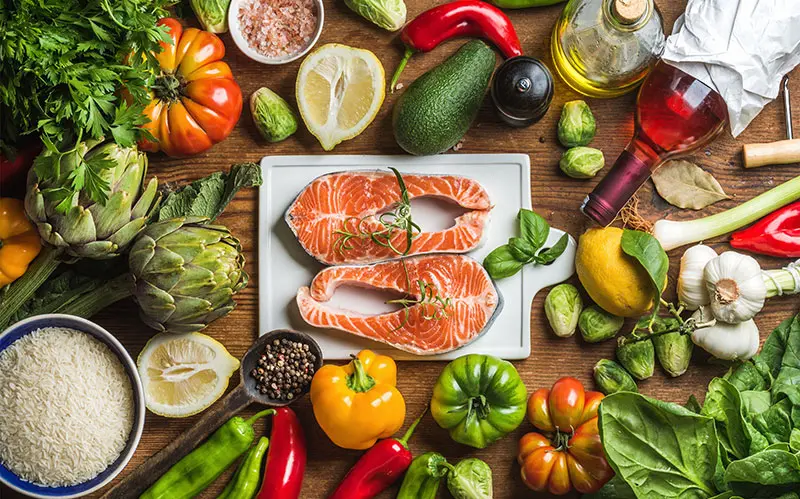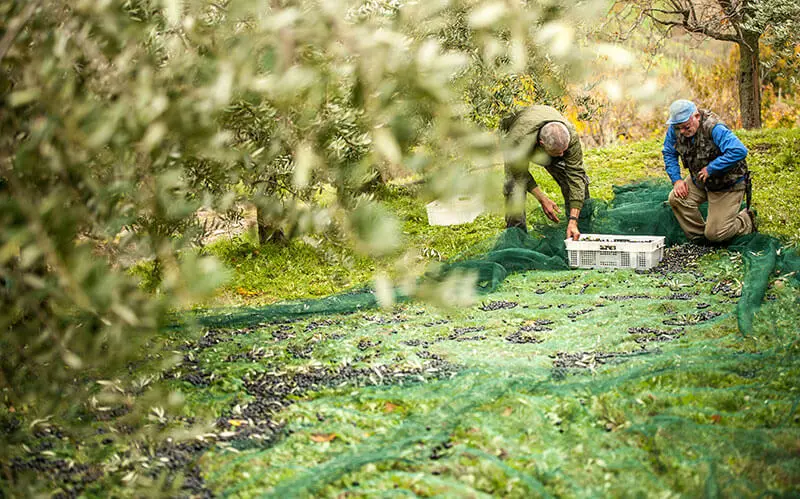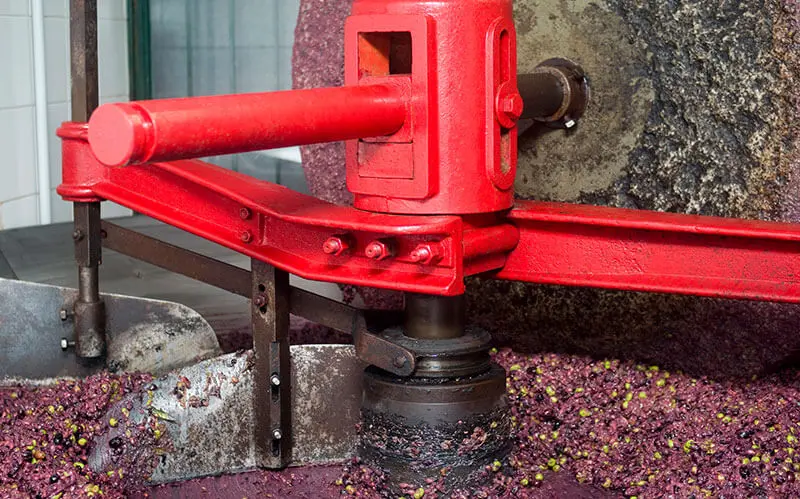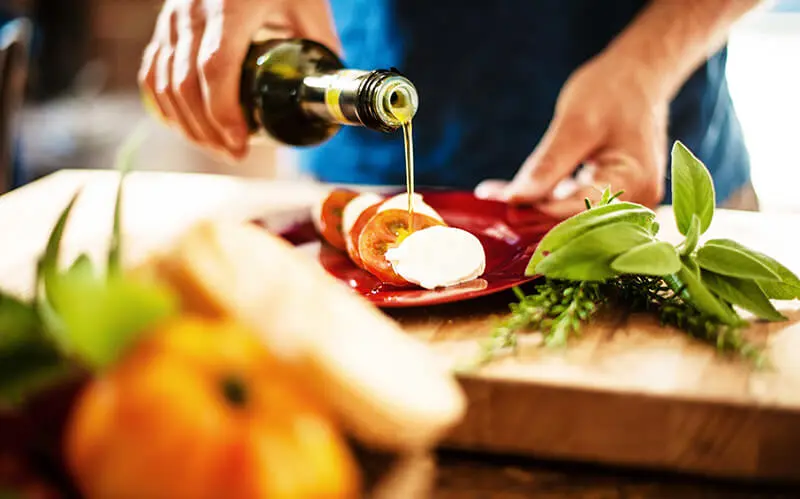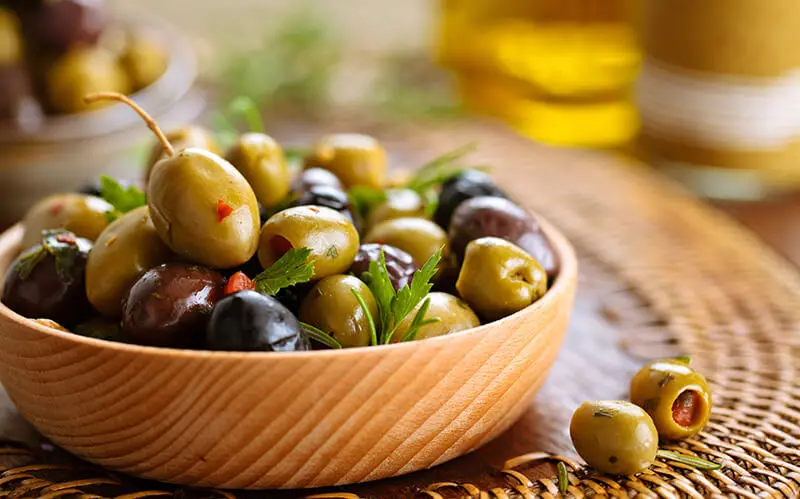Fun kids activities for an unforgettable summer
You can almost hear the kids’ laughter in the distance: summer vacation is coming, and that means kids with lots of free time who can’t wait to have fun. A great way to spend time with them is by doing activities that harness their creativity through play. Making ice pops, playing dress-up, going on treasure hunts, having water fights and doing arts and crafts are all super fun summer activities for kids. Today we want to suggest an activity that is sure to be a hit: making a kite.
Making a kite and flying it is our favorite summer activity for kids
When kids create things with their hands, they concentrate and get their creative juices flowing, not to mention that they have a blast. Plus, they are amazed and thrilled when they realize they can use their creation. Making a kite is a fantastic idea because they can pick a variety of colors ––which really draws them in–– and the activity doesn’t stop there: they have hours of fun flying their kite. That’s why it’s one of our favorite summer activities for kids.
To make a kite, you’ll need:
Wooden dowels
Colored tissue paper
11 yards of string
Round-tip scissors
Pencil
Ruler
Utility knife
Glue, ideally silicone
First, cut the dowels to build the kite’s structure. One of them should measure 27.5 inches and the other 15.7 inches. Place the shorter dowel on top of the longer dowel to make a cross. It doesn’t have to be exactly centered. It’s better to place it 9.8 inches from one end. Glue it in place with the silicone glue. When it is dry, wrap the joint with string to secure the structure. Using the utility knife, notch the ends of the dowels and place string in those notches, joining each end of the sticks to form a diamond.
The kite’s structure is ready. Now all that’s left to do is cut the colored tissue paper to a size larger than the diamond so it can be folded in two and glued to itself, trapping the string in the fold. Lastly, glue some strips of colored tissue paper to it as well as the remaining length of string so it will be ready to fly later.
It’s a great activity for spending time with the kids. It will become one of your and your kids’ favorite summer activities. Because making things together and then testing them in the great outdoors can create the happiest family moments, moments you’ll remember forever.



